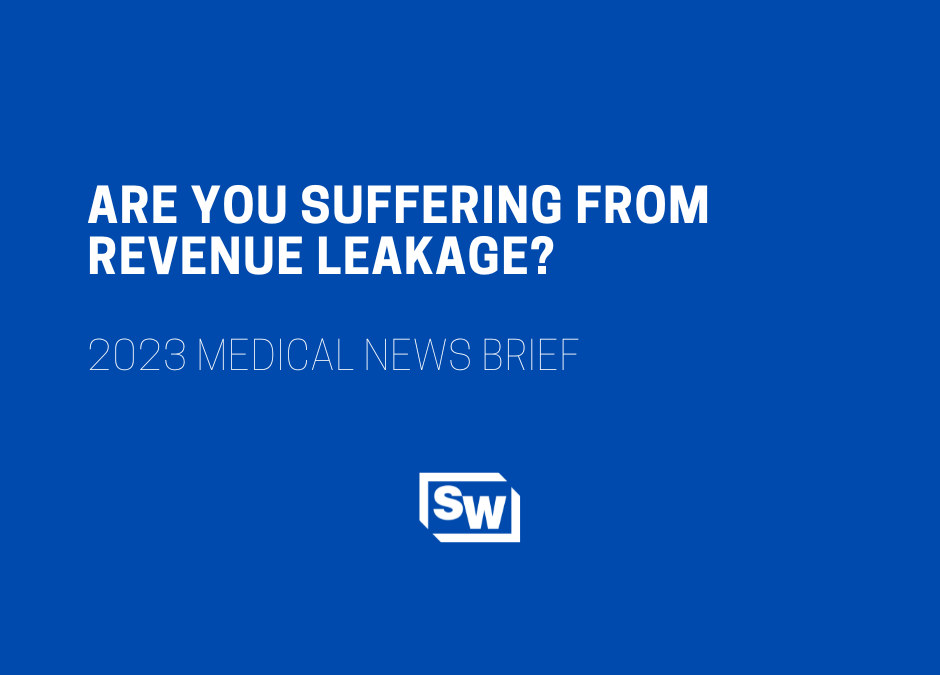In the face of constant reimbursement headwinds, efficient and effective fiscal policies are vital to prevent revenue leakage in your medical practice. Here are five keys to tightening up your business practices.
Develop a solid cash flow system – Do you thoroughly understand your cash flow? Do you have an actual system for managing it? This includes more than just understanding when your staff gets paid or when the electric bill is due. It means:
- Knowing how many patients you need to come through the door to pay your bills,
- Understanding how much each patient visit is worth, and
- Generating reasonable projections of seasonal cycles and trends.
It also means clearly communicating with your patients on their financial responsibilities and, if feasible, offering payment plans for struggling patients.
Having a good cash flow system also means collecting money when it’s past due. And that includes not only the big fees, but also the smaller ones. After all, the lesser amounts may often be more collectible.
Decipher contracts – You and your relevant staff need to delve into the details of your payer contracts. These reimbursements are the starting point for your practice’s revenue cycle. If you fully analyze each contract and its reimbursement rates, you can better predict revenue based on past patient volume.It’s also important to verify that actual reimbursements match the contracted rates. Track key metrics for each payer. For example, do you know which is your most profitable payer? Do you know which payer has the most rejected claims?
Similarly, check the fine print of your vendor contracts. For instance, many medical practices use vendors for collections, but don’t always audit to determine whether the contract provides adequate value for the services rendered.
Manage costs – Cutting costs can be the fastest way to greater profitability, because each dollar saved goes directly to your bottom line. Tracking key performance indicators applicable to your practice’s cash flow can help you adjust spending or even eliminate some costs entirely.
Determining whether to lease or buy equipment is another way to manage costs. It’s not necessarily true that leasing costs more than owning over the life of an asset. Service contracts are a factor; leasing can be less expensive than owning a machine and having to cover maintenance and repair costs yourself.
Ask for your money – Most people are uncomfortable asking for money, even when it’s owed. However, medical practices and their staff can’t be shy about asking for money that is owed. If a patient owes a co-pay, ask for it. Collect as much of the money due up front as possible. Implement procedures that make it easy to collect your fees, including accepting cash, checks and credit cards.
For patients who have problems paying their end of things, consider creating payment plans. Working to make sure as few patients as possible leave the office without paying their co-pay or their bill will go a long way toward preventing a revenue leak.
Never assume – An important question: How is your practice doing? Do you actually know or are you just assuming that it’s doing fine? Are bills being paid? Are you getting plenty of new patients? Are your current patients happy and satisfied? Are they returning?
Maybe everything is going very well. It’s also possible that your assumptions are wrong and the wheels are about to fall off. Check your metrics to make sure you’re not leaving money on the table. Identify the ratio of existing patients to new patients. Determine the percentage of denied claims. Stay on top of all these issues to avoid being blindsided by a problem that could have been avoided.
Run it like a business – Your medical practice is a business, so you need to run it like one. Doing so includes implementing procedures to ensure you’re not leaving money on the table and that your expenses aren’t exceeding your revenue.

